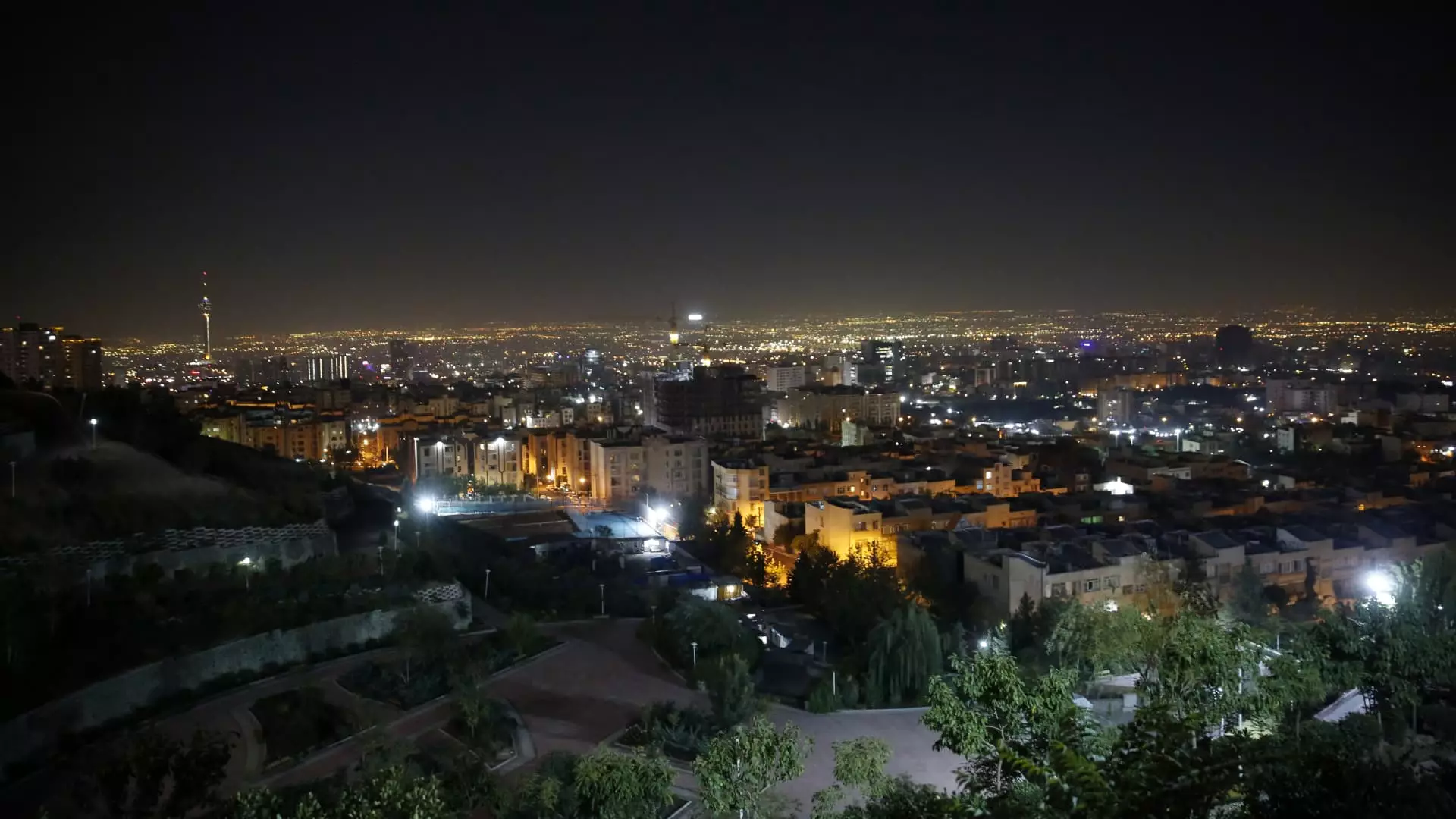Recent military actions have thrust the longstanding tensions between Israel and Iran into the global spotlight, particularly following Israel’s recent airstrikes against Iranian military installations. This escalation is underscored by a harrowing context: ongoing conflicts in Gaza and Lebanon have increased the stakes in the region, presenting a precarious situation that could spiral into a larger confrontation. While the immediate repercussions of these airstrikes were limited in the short term, the underlying tensions and rhetoric surrounding the situation suggest the possibility of further escalation.
On an early Saturday morning, Israel executed a series of airstrikes targeting missile manufacturing facilities and military sites in Iran. According to the Israeli military, these operations, involving a significant deployment of jets, were strategic and focused, as there was a conscious effort to avoid striking Iran’s essential oil and nuclear facilities. This calculated approach appears to have been influenced by international calls for restraint, particularly from allies such as the United States. However, the selective nature of the strikes does not diminish the severity of the attack or the potential for retaliation.
Iran’s response was measured, with the Islamic Revolutionary Guard Corps claiming success in countering the Israeli assault, despite reports of localized damage and casualties. The Iranian government has reiterated that it reserves the right to respond “proportionally” to any invasion of its sovereignty, framing their stance within the broader narrative of protecting national security against external threats.
Historical Context and Recent Developments
The animosity between Israel and Iran has roots that stretch back decades, but the urgency of the current situation can be traced to recent events, notably the October 7 attacks by Iran-backed Hamas, which ignited fears of widespread conflict within the region. The subsequent Iranian missile attacks on Israel raised the stakes, prompting a cycle of retaliatory action that is characteristic of their fraught relationship.
Additionally, the ramifications of conflict in Lebanon introduce another layer of complexity. As Israel intensifies its military campaign against Hezbollah, its primary ally in the region, the probability of a multi-front war increases, making any miscalculation potentially catastrophic not just for the involved nations but for the entire Middle Eastern landscape.
The Impact of Global Powers and Regional Players
The United States plays a crucial role in this conflict, as both a military ally of Israel and a key player in attempting to maintain regional stability. President Biden has delineated clear boundaries for Israel regarding strikes on Iran’s nuclear sites, a reminder of the delicate balance of power that the U.S. seeks to maintain in the region. This cautious U.S. stance seems to prioritize diplomatic solutions over military ones, urging all parties to exhibit restraint amidst heightened tensions.
In a surprising twist, Saudi Arabia’s recent diplomatic maneuvers with Iran have illustrated a shift in regional alliances. A nation that previously stood in staunch opposition to Iranian influence is now openly condemning Israeli airstrikes. This development underscores the fluid nature of Middle Eastern geopolitics and raises questions about the future of Israeli relations with its neighbors.
Public sentiment plays an essential role in shaping the actions of state actors in this volatile environment. In Israel, security concerns drive public opinion in favor of military action against perceived threats, particularly as concerns about Iranian capabilities have grown. Conversely, in Iran, national pride and the imperative of defending territorial integrity galvanize public support for a tough stance against external attacks.
Media portrayals, too, shape perceptions on both sides. Iranian media’s depiction of busy and active passenger airports versus reports of blasts and military responses highlights a concerted effort to maintain public morale amidst unsettling developments. Similarly, Israeli narratives focus on military success and preparedness while attempting to reassure civilians of their safety.
As the dust settles from these latest strikes, the region stands on a knife’s edge. The operational outcomes may seem contained for now, but the potential for retaliatory measures from Iran looms large, each action potentially begetting further violence. Both sides must carefully navigate their next moves, with an acute awareness of the international and domestic pressures shaping their decisions. Ultimately, the current episode reflects not only the deep-rooted animosities and historical grievances between Israel and Iran but also the complexities of regional dynamics, where every military engagement requires significant consideration of broader geopolitical consequences.

Leave a Reply